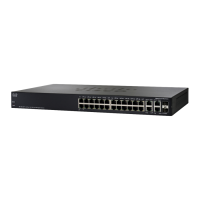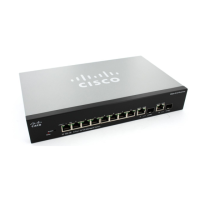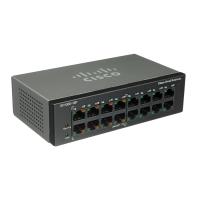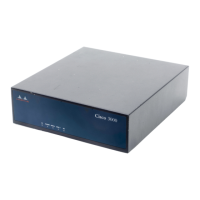Network Management Protocol (SNMP) Commands
879 OL-32830-01 Command Line Interface Reference Guide
45
As the engineID should be unique within an administrative domain, the following
guidelines are recommended:
• Since the engineID should be unique within an administrative domain, use
the default keyword to configure the Engine ID or configure it explicitly. In
the latter case verify that it is unique within the administrative domain.
• Changing or removing the value of snmpEngineID deletes the SNMPv3
users database.
• The SNMP EngineID cannot be all 0x0 or all 0xF or 0x000000001.
Example
The following example enables SNMPv3 on the device and sets the device local
engine ID to the default value.
switchxxxxxx(config)#
snmp-server engineid
local
default
The engine-id must be unique within your administrative domain.
Do you wish to continue? [Y/N]Y
The SNMPv3 database will be erased. Do you wish to continue? [Y/N]Y
45.16 snmp-server engineID remote
To specify the SNMP engine ID of a remote SNMP device, use the snmp-server
engineID remote Global Configuration mode command. To remove the configured
engine ID, use the no form of this command.
Syntax
snmp-server engineID remote
ip-address engineid-string
no snmp-server engineID remote
ip-address
Parameters
• ip-address —IPv4, IPv6 or IPv6z address of the remote device. See IPv6z
Address Conventions.
• engineid-string—The character string that identifies the engine ID. The
engine ID is a concatenated hexadecimal string. Each byte in hexadecimal
character strings is two hexadecimal digits. Each byte can be separated by
a period or colon. If the user enters an odd number of hexadecimal digits,
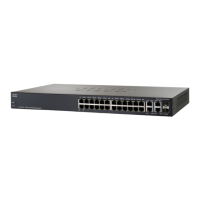
